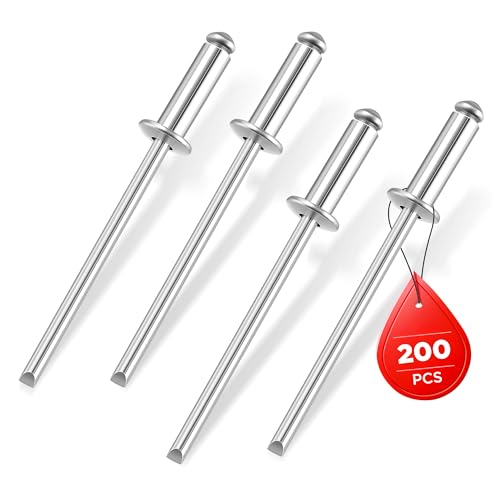Ok, I've been thinking about FFs ever since this Wired2fish Lowrance contest started, perhaps a few times before that.
Personally, I've never used one, never had one, or really ever thought that one would be worth the money. Lately I've been evaluating some of my fishing techniques and was wondering if one would make for more productive outings.
The three closest lakes that I fish have average depths of 60, 40, and 25 feet. The "far" lake that I fish has an average depth of 40 feet. The closer lakes are in the NF, managed by Game and Fish, the "far" lake is on the Indian Reservation, managed by the Indians.
Every time I go to the Indian lake, we always have a productive trip, at the closer lakes, it's hit and miss.
My buddies and I are "one species" fisherman, angling for trout. Our usual MO is to rig up cowbells or ford fenders on 4-6lb bulk line, then tie a 18-24" flurocarbon leader using a #12 or #10 baitholder hook w/ a 2-4" night crawler hanging off the end. Toss 'em in, let 'em out 100-300ft, troll the lake in an "S" pattern, and wait for hits periodically checking the line for leader tangles, freshness of bait, etc.
I can usually run 2-3 trolling rigs off my tin, so we always have at least 1-2 lines in the water.
Over the years I've p/u'd a few different bells/fenders giving me a nice assortment of different colored spoons (gold, silver, painted) with different reflectors (gold, silver, red, nothing), sometimes with different textures (hammered vs. smooth), in different sizes (baby bells vs. giant bells). I try to mix it up when I'm out there using the gold/silver for clearer water conditions, and the painted (orange, rainbow, etc.) for murkier conditions. As I said above, I can't go wrong at the Indian lake, but the other lakes it's so-so no matter when I go in the season (beginning, middle, or end).
This last year I've spiced it up a little bit based on some info I've got from local anglers. I've used spoons and rooster tails off the leader w/ the bells, both with and without night crawlers. Generally speaking, the lone hook is better than an additional lure.
I've been wanting to get a good bait-caster reel and delve into the 'bass addiction', so I've been experimenting with some top-water stuff for trout to see how it would go and have had pretty good success. The Rebel cricket hoppers (floater/diver per the package) seem to attract the trout, and I have those in a few crickets and crawdads in 'hot' colors. I've even weighted them down with shot sending them to deeper depths and trolling with them at ultra low speeds...works, but not that much data if it was a fluke or not.
For the most part, I use the Rebel stuff when we're trolling the bells and we come near shore, an alcove, or some visible structure (stumps, downed trees, etc.) then cast in the desired area, reel in, recast, etc.
Anyway, if I was to indulge in a FF...how would this help me for how I fish now?
If my trolling lure/bait is 100-300ft off my stern, buy the time I see the fish on the finder, they could be gone by the time my lure even gets to them. Right?
Other than speed, how can I use the FF to get at the right depth, if my lure/bat is that far back?
There's a good possibility that I'm doing something wrong, but what I have been doing makes sense (to me) and has worked for me and my buddies.





























































